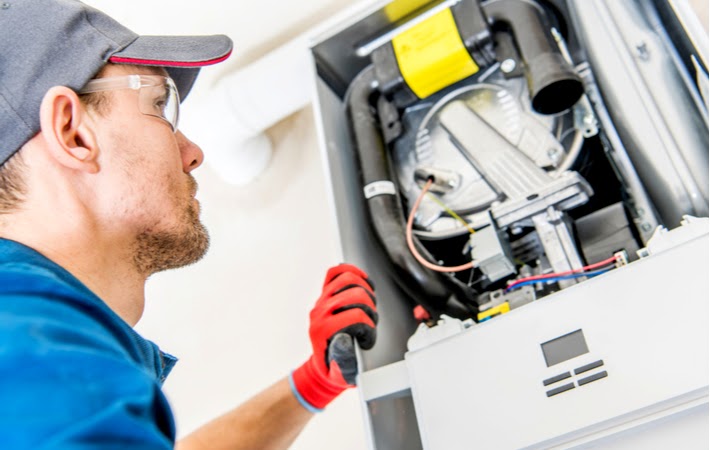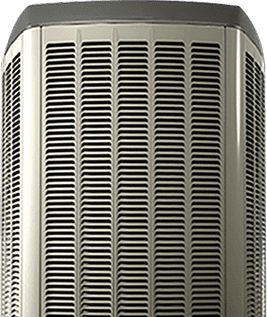Reasons Why Your Furnace Might Be Leaking

Reasons Why Your Furnace Might Be Leaking
Is Your Furnace Leaking Water?
That a furnace could leak water may seem surprising. An issue like this is what a lot of people would expect from a water heater – not a furnace. Yet here you are, standing in front of your furnace, watching a pool of water collect on the floor around it. So what’s the deal?
Diagnosing the Leak
Before you start getting your hands dirty, don’t be afraid to contact a professional to assist. When it comes to something as vital as your furnace, it’s better not to take your chances. (Especially during Ontario winters.) If you do choose to DIY, it’s best to start with a proper diagnosis of the problem. A genuine understanding of your furnace and the issue at hand will make it quicker and easier for a repair person to diagnose and fix your problem.
What Type of Furnace Do I Have?
If you’re not already sure what type of furnace you’re dealing with, check the exterior of the unit or your owners manual. If you still aren’t sure about the make and model of your furnace, check your sale documents for the home.
This is a very important first step, as the problem will vary depending on what kind of furnace you have. Here are a few common causes of leakage for both high-efficiency and standard furnaces.

High-Efficiency Furnaces
If you have a high-efficiency furnace, it should be equipped with a cool exhaust, which causes condensation to form. (You can tell whether your furnace is high-efficiency by checking that the vent pipe is made of PVC.)
Usually, the condensation in high-efficiency furnaces gets channelled into a floor drain. If you have a leak, it could be because the tubing for the condensation has become clogged or cracked. Alternatively, it could be that the condensate pump – which carries the condensation away from the furnace – has malfunctioned.
If that’s not the issue, unfortunately, you could have a fairly expensive fix on your hands – one that may even cost you the price of a new furnace. It could be your secondary heat exchanger that’s expired, which is a significant cause for concern.
If a heat exchanger is damaged, it could leak carbon dioxide, putting your health at serious risk. Contact a licensed professional as soon as possible to have this issue assessed if you suspect this is the cause.
Standard Furnaces
If you have a standard furnace rather than a high-efficiency model, condensation isn’t likely to be an issue. However, If you do discover condensation, this may indicate that the flue pipe was not correctly sized. The hot exhaust may be cooling and condensing within the pipe, then travelling back into the furnace and leaking onto the floor. If this is the case, it’s best to seek professional help, as the residual chemicals found in exhaust can be very dangerous.
Either Type of Furnace
Some common issues between both types of furnaces include internal drain system problems or humidifier clogs.
If your furnace shares an internal drain system with your air conditioner, there could be a clog somewhere along the way that is trapping water and forcing it into the furnace. This is a serious issue that requires immediate repair – do not put it off!
Alternatively, the leak could be an issue with your furnaces built-in humidifier. If your furnace does have a built-in humidifier, the culprit may be a clog or a leak. Check the humidifier to see what you can find – it should be easy to spot on the exterior of the furnace, regardless of what type of furnace you have. If you’re unsure of whether your furnace has a humidifier, or if the location isn’t obvious, call a professional to help determine the cause of your leak.
Protect Your Home
Water leaks can cost you a lot of money if they’re not dealt with promptly. An unchecked furnace leak could result in mould, rotting wood floors, damaged wallpaper, ruined carpet, and more. Schedule a furnace maintenance check once a year to stay on top of potential problems.
And don’t forget to contact Mr. Furnace for all your furnace emergencies. We’re here whenever you need us – 24/7, 365.
